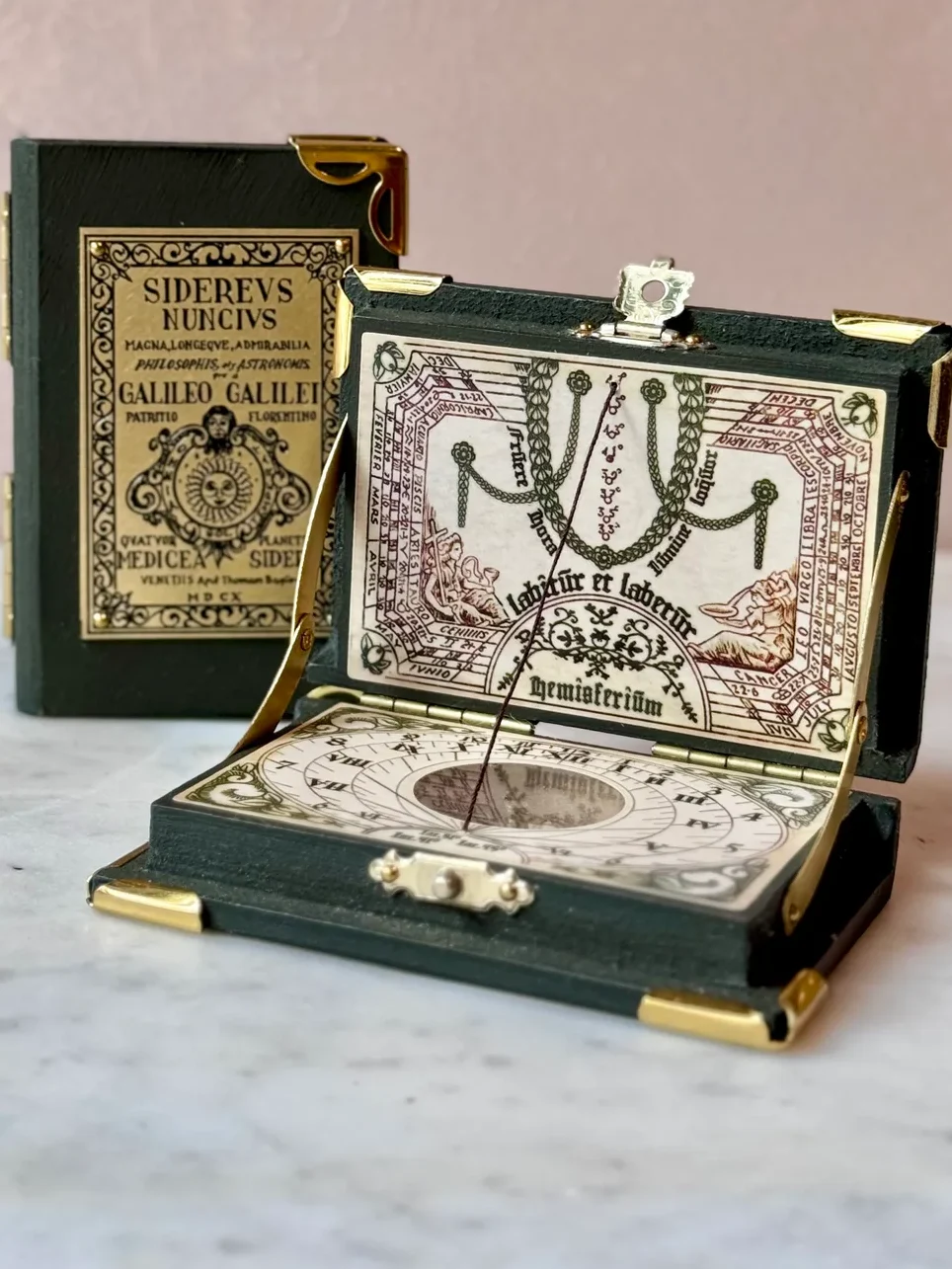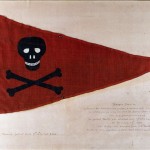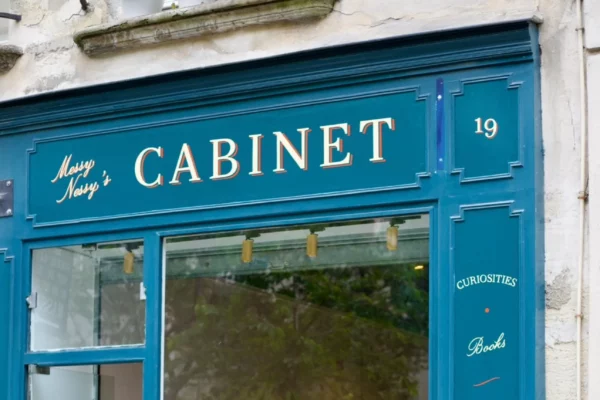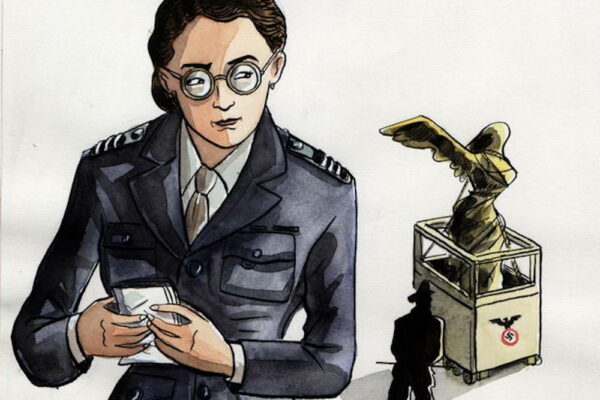
I’ve caught the collector’s bug again. What is it this time? Antique astronomy tools. And I’m blaming it on the Adler Planetarium, the first in America and home to one of the world’s largest collections of historic scientific instruments. It all began when I stumbled upon their online collections, a dangerous rabbit hole for those of us who have a penchant for peculiar and otherworldly objects that would fit perfectly in a cabinet of curiosities.
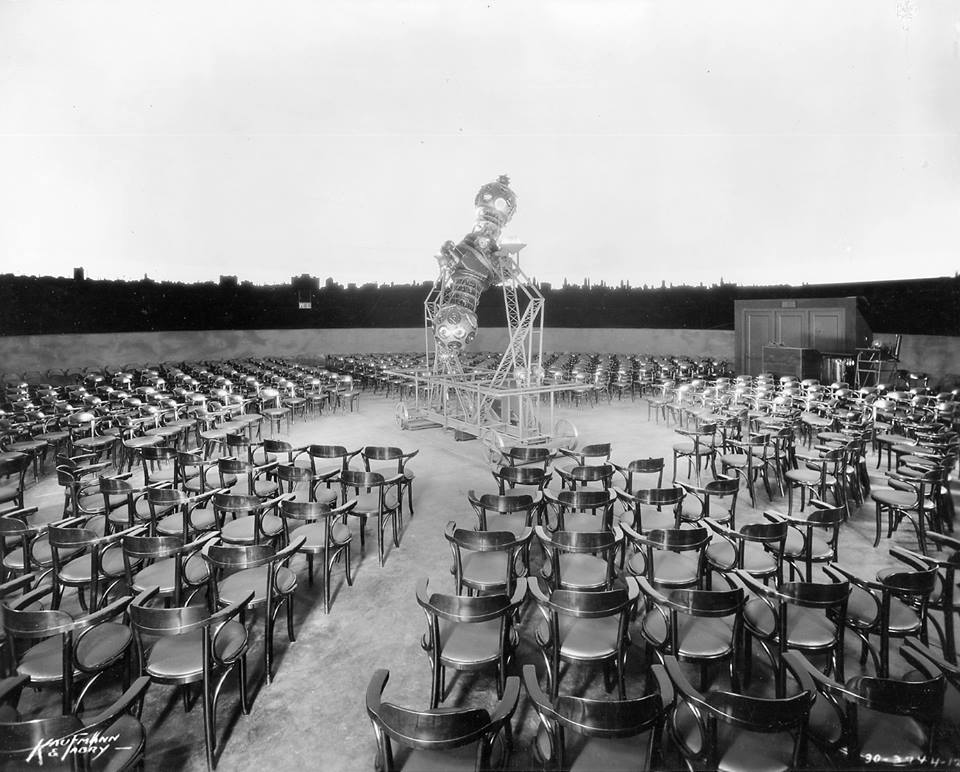
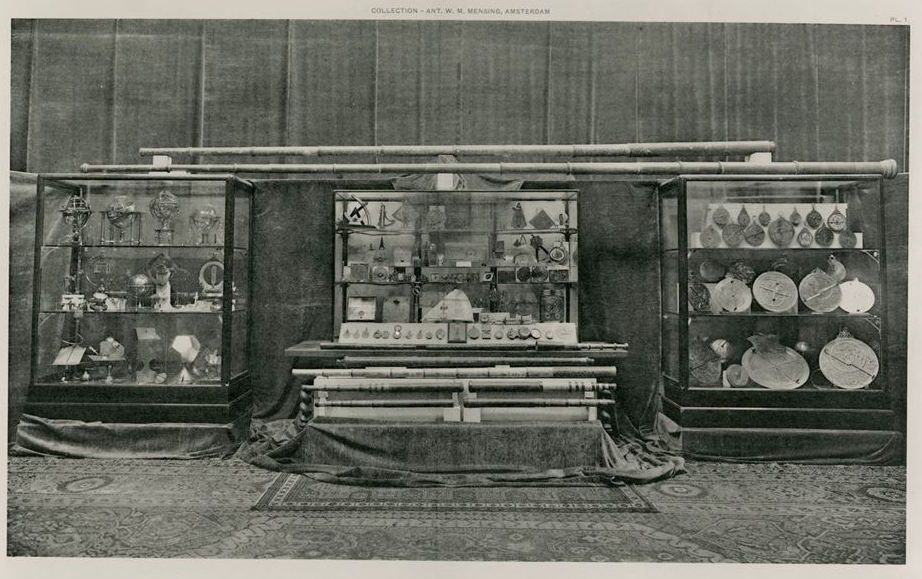
The Adler Planetarium in Chicago opened its doors to the public in 1930, complete with three full sized theatres and a significant collection of antique scientific instruments dating back to the late 15th century, acquired by wealthy businessman Max Adler. He had learned of a sale of astronomical instruments and antiques by W. M. Mensing in Amsterdam, which he purchased in its entirety.
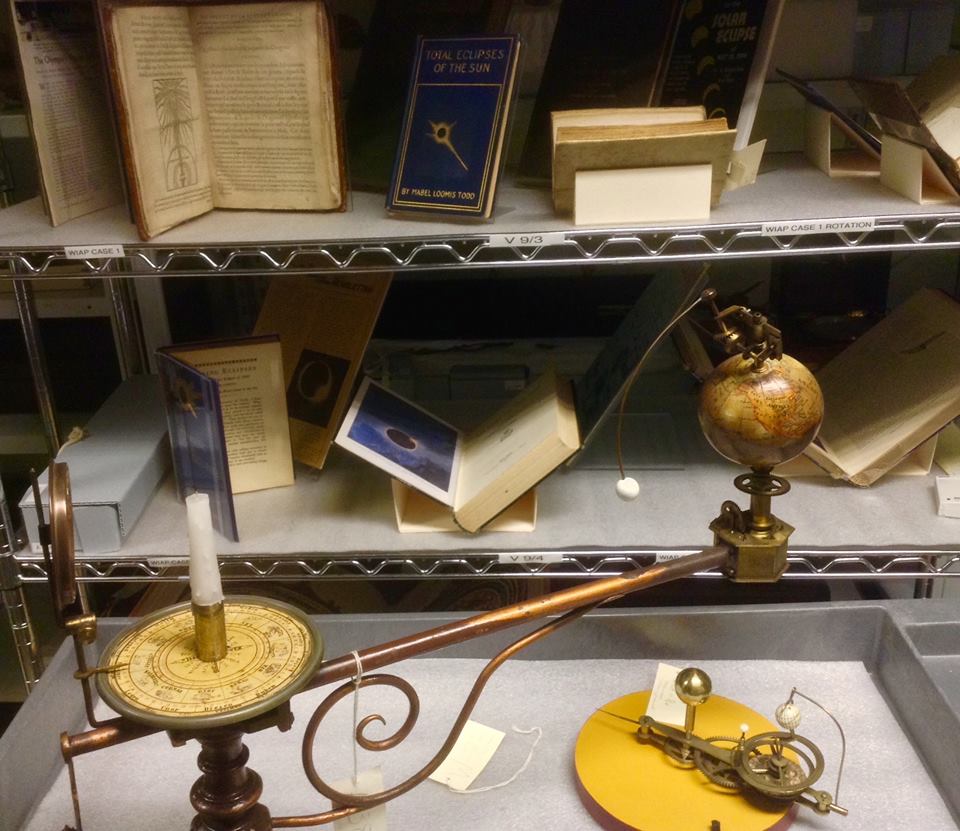
Today while the planetarium inspires exploration and understand of the universe upstairs, down below, they’re also hiding an incredible archive of the museum’s curiosities that aren’t on display. The Webster Institute for the History of Astronomy cares for Adler’s collections, and occasionally has ‘explorer days’ when they let the public come and poke around their cabinets.
I did an extensive dig through their digitised collections for those of us that can’t race over to the planetarium this very minute and demand entry to the archives.
Here’s what I found…
Miniature Sun Dials
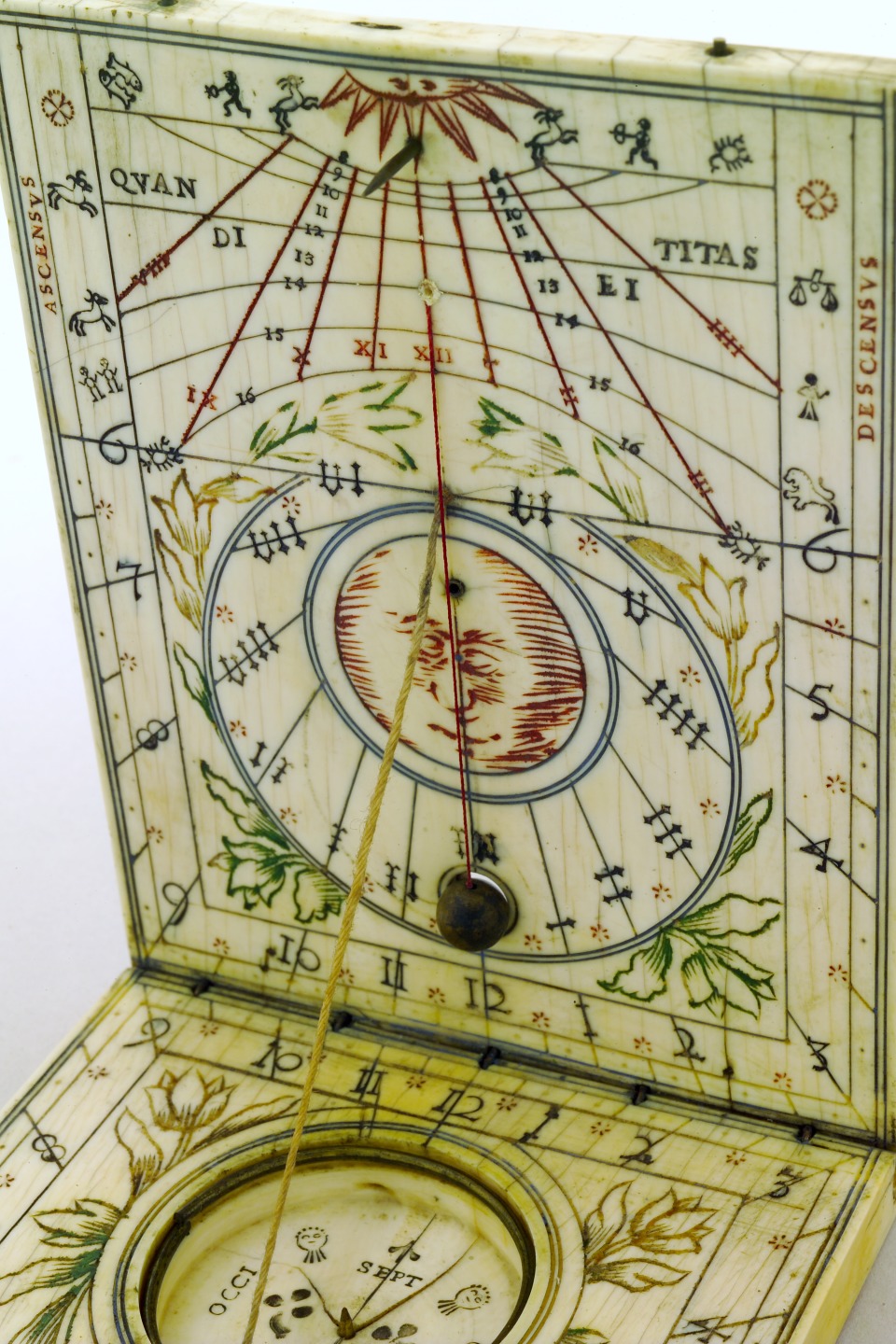
Dates to 1699, Diptych, Ivory and brass, German, 2 (cm) x 8.7 (cm) x 11.5 (cm). Not on display, see more detailed photos here.
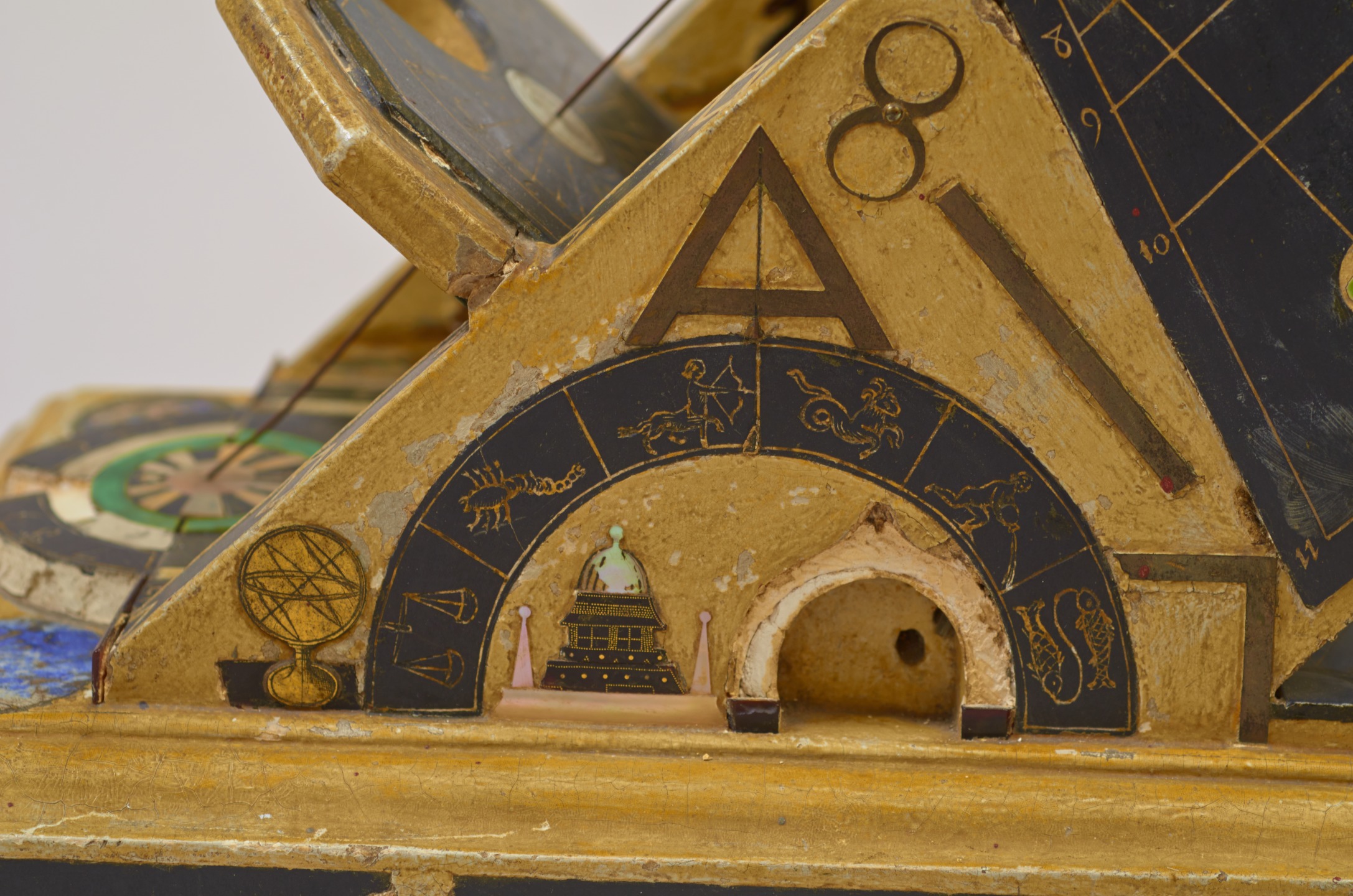
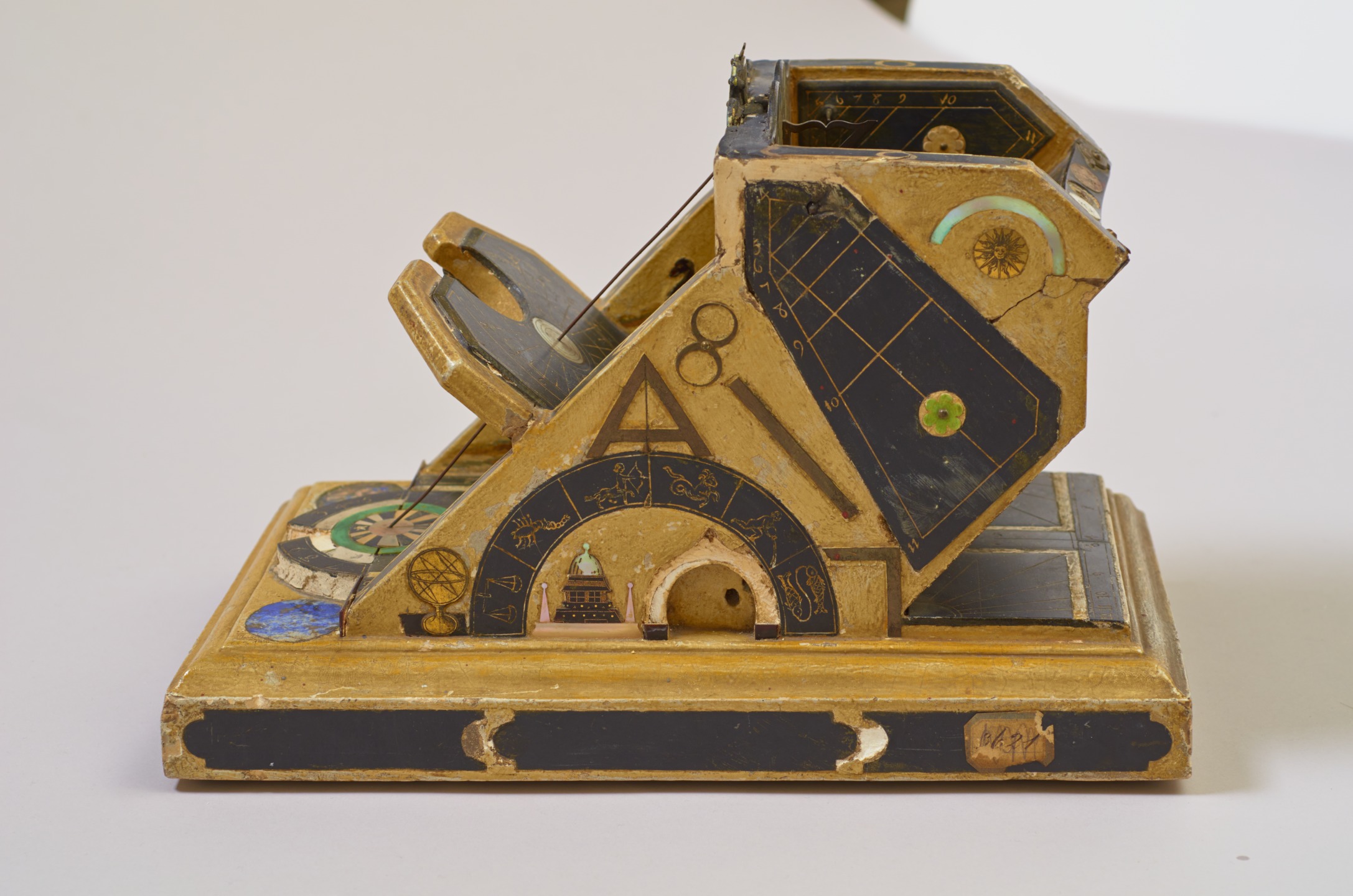
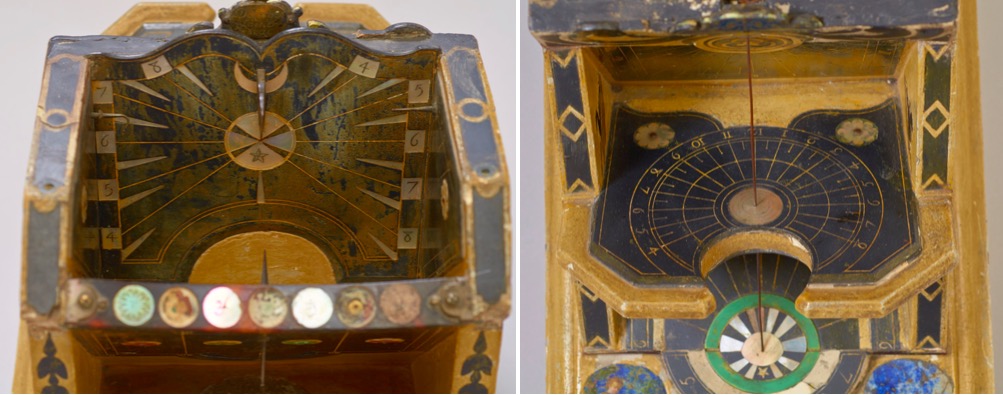
Circa 1744, Polyhedral, French. Marble, slate, brass, silver, mother-of-pearl, tortoise shell, semi-precious stones, French,17 (cm) x 17.9 (cm) x 27.7 (cm). Not on display, details here.
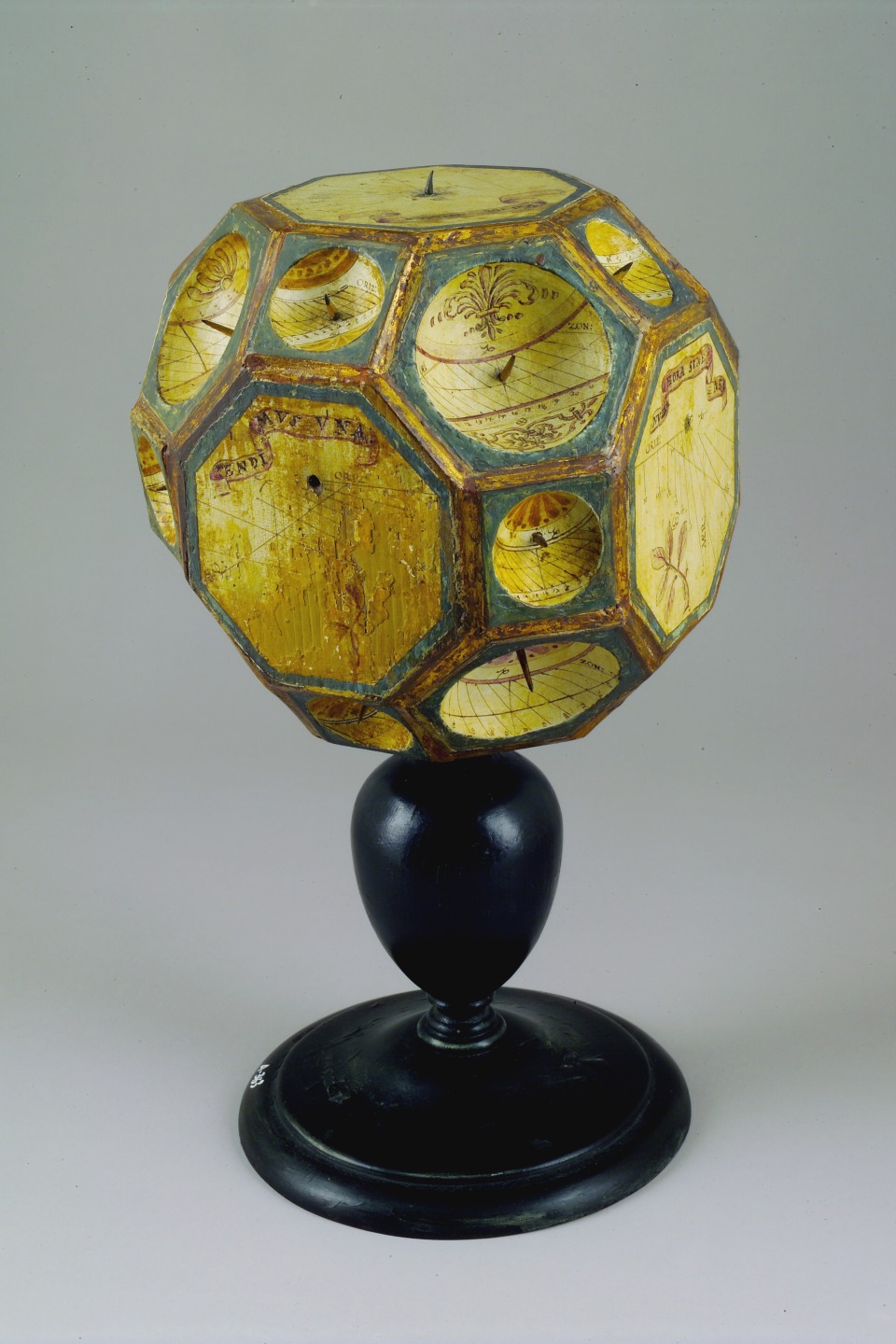
Circa 1580, wood and Iron, Italian, 34 (cm) x 17.1 (cm) x 18.3 (cm). On display, more details here.
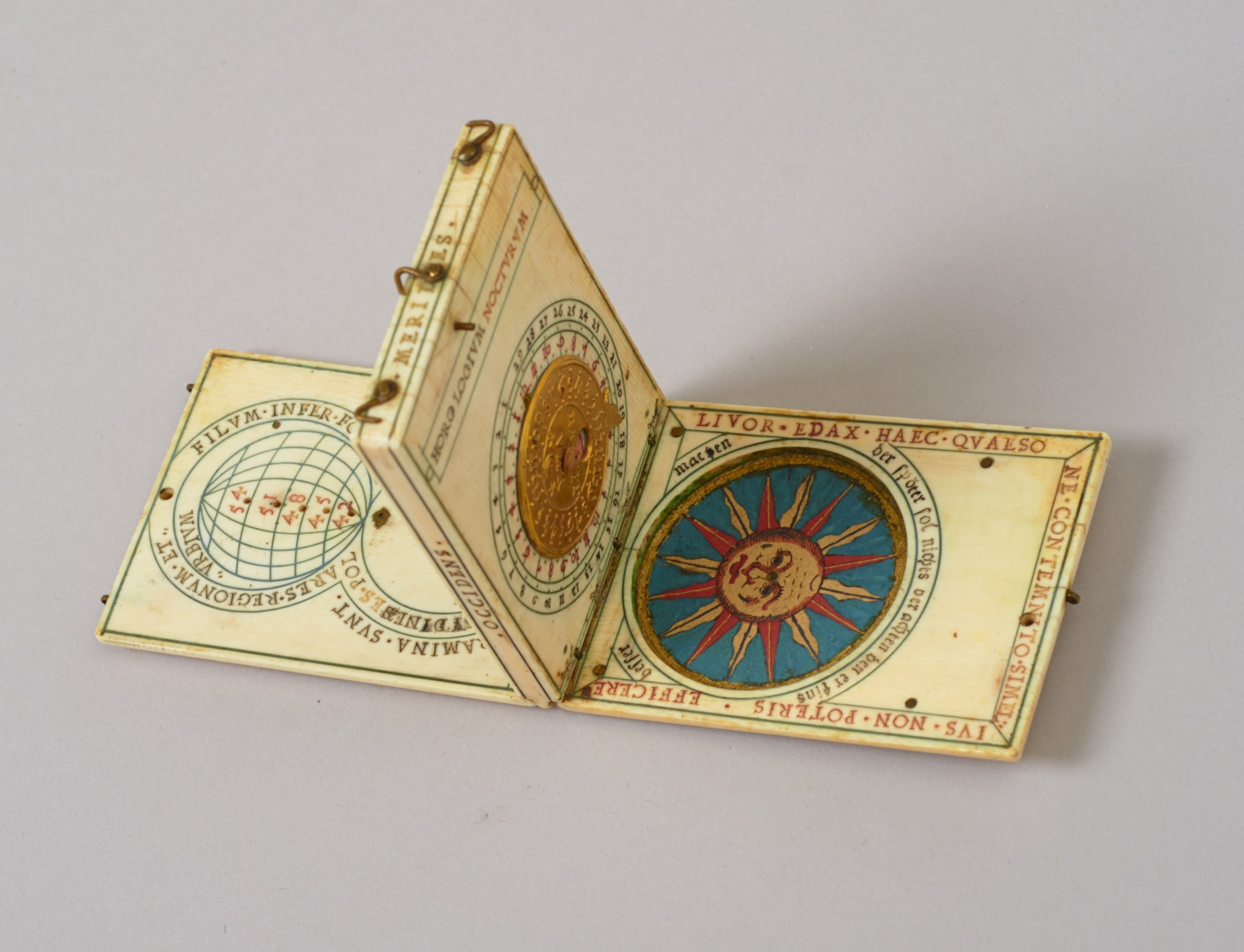
Dates to 1597, Triptych, ivory, brass, gilt brass, paper, German, 9.1 (cm) x 5.8 (cm) x 8.2 (cm). Not on display, more details here.
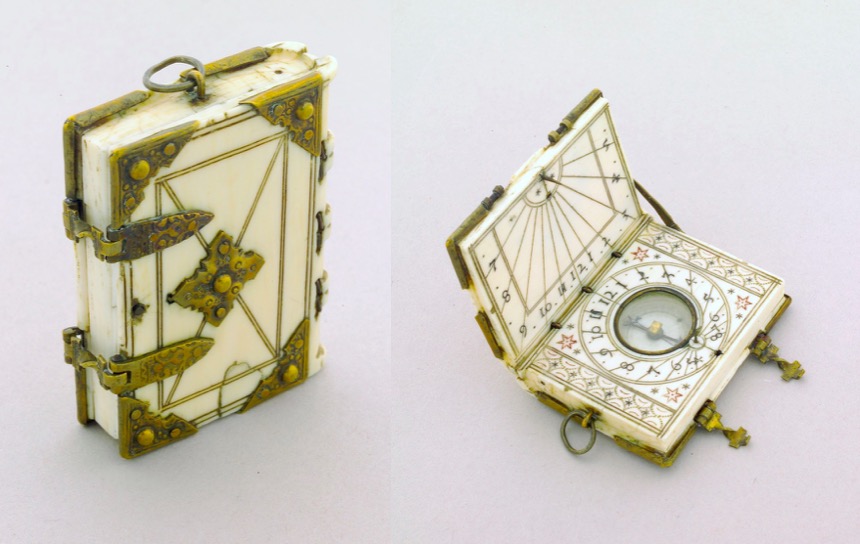
Circa 1595, Diptych, ivory and brass, German, 4.6 (cm) x 5.4 (cm) x 4.4 (cm). On display, more details here.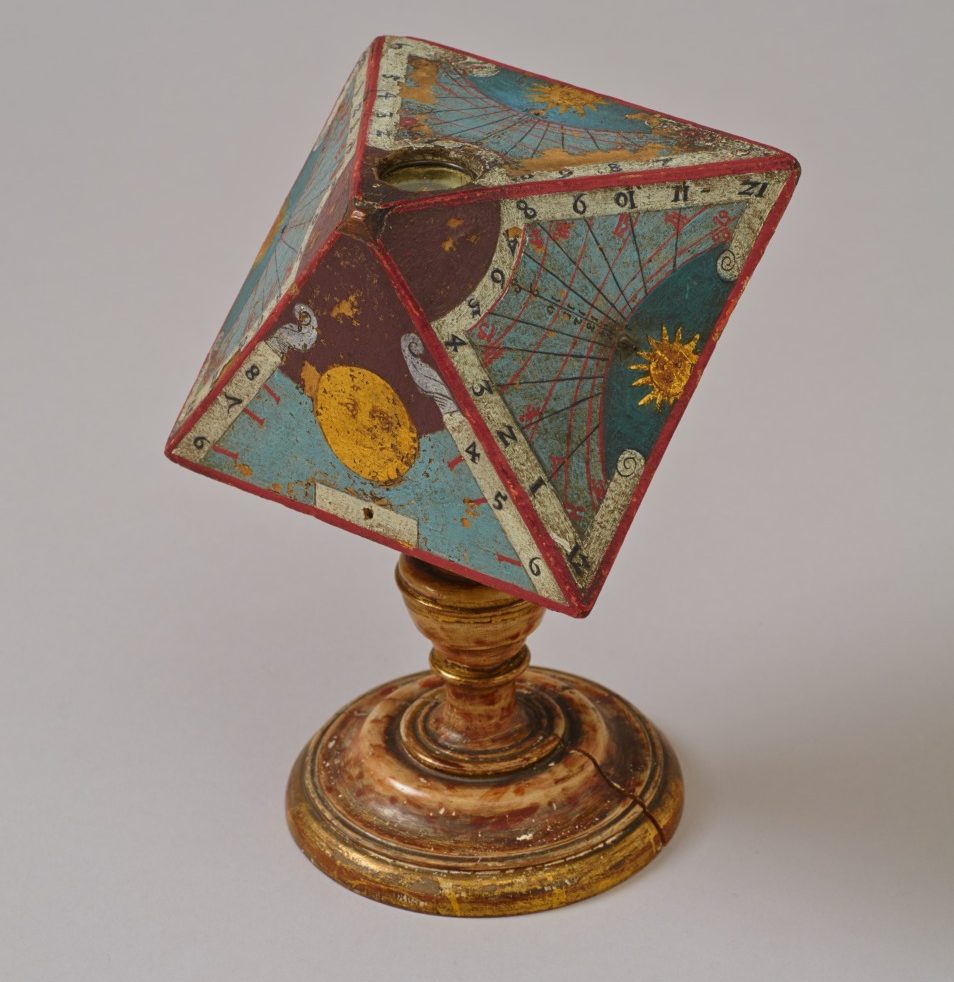
Circa 1600, Polyhedral, wood, iron, silvered brass, German, 12.3 (cm) x 9.9 (cm) x 17.7 (cm). Not on display, more details here.
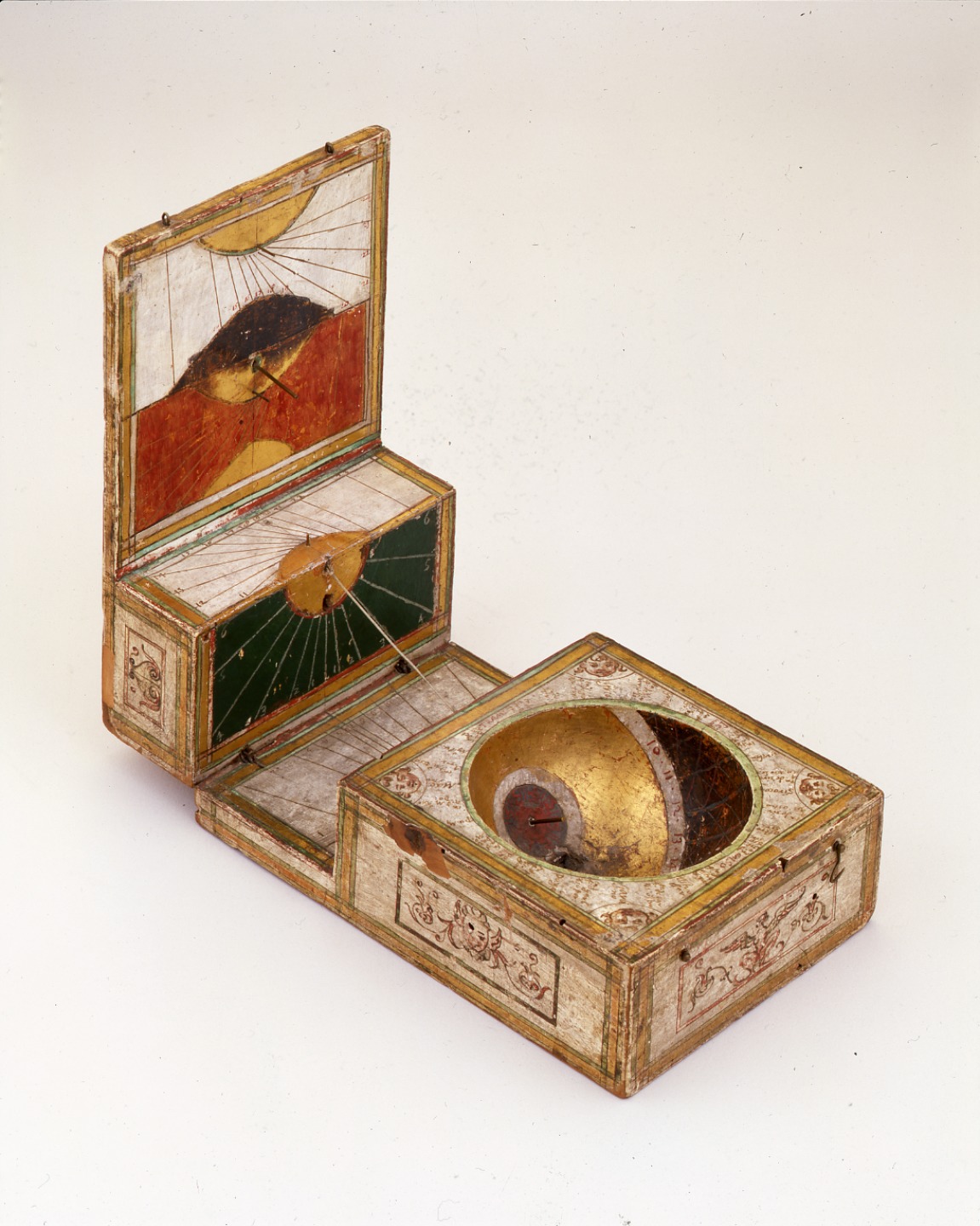
Circa 1575, Polyhedral, Italian, wood, brass, 20.6 (cm) x 10.9 (cm) x 18.3 (cm). Not on display. More details here.
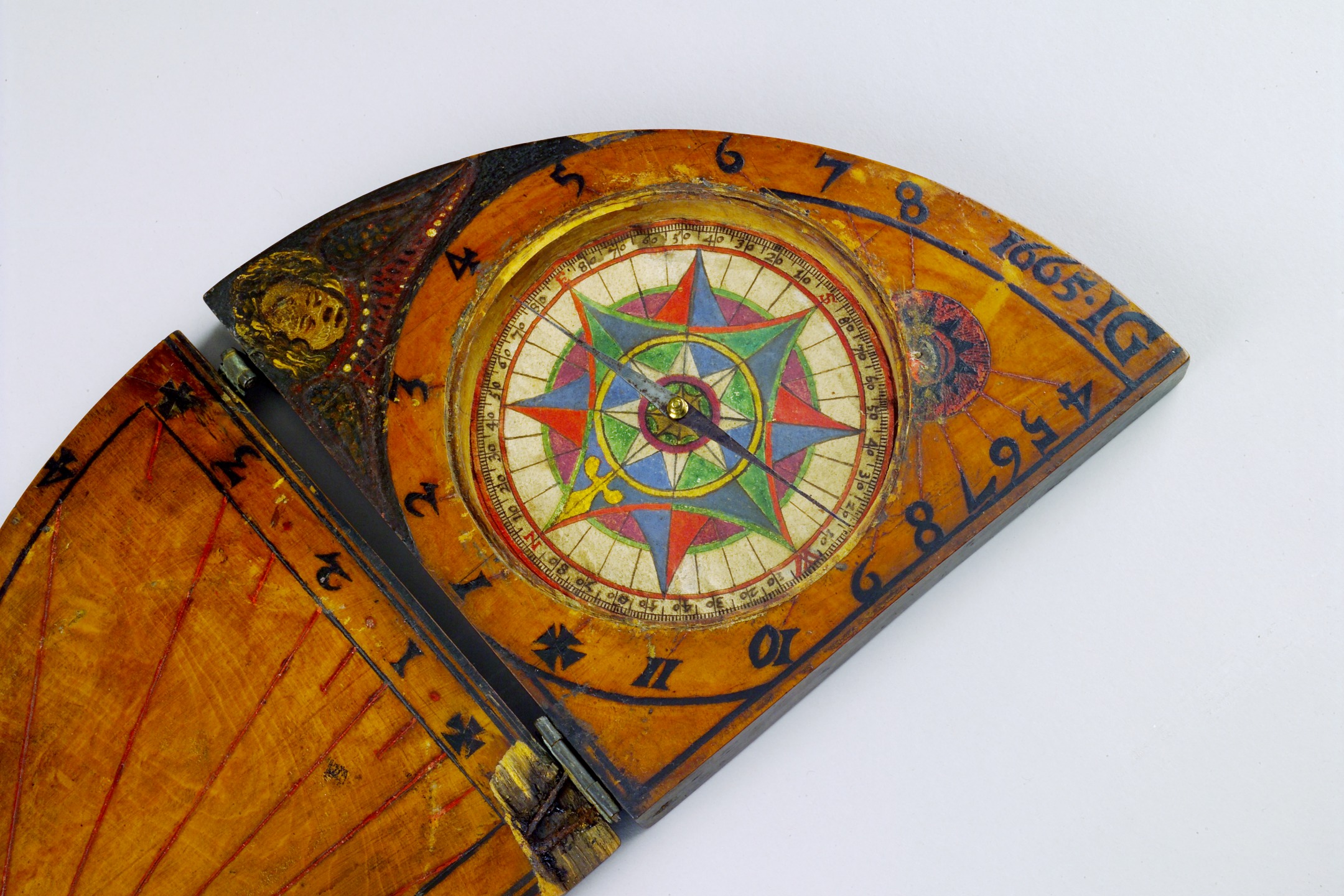
Circa 1665, Diptych, German, wood, paper, brass. 16.8 (cm) x 15.5 (cm) x 15.5 (cm). Not on display. Closer details here.
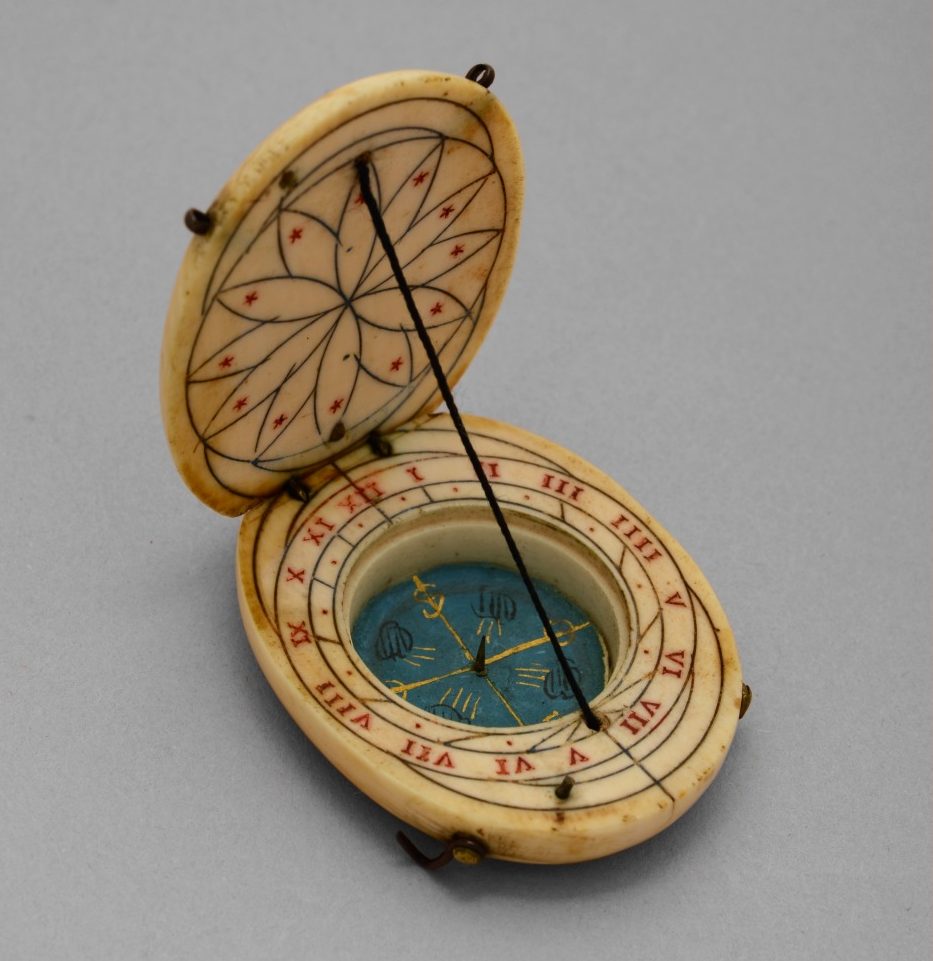
Circa 1600, Diptych, ivory, brass, paper, 4.6 (cm) x 3.3 (cm) x 4.4 (cm). Not on display. Closer details here.
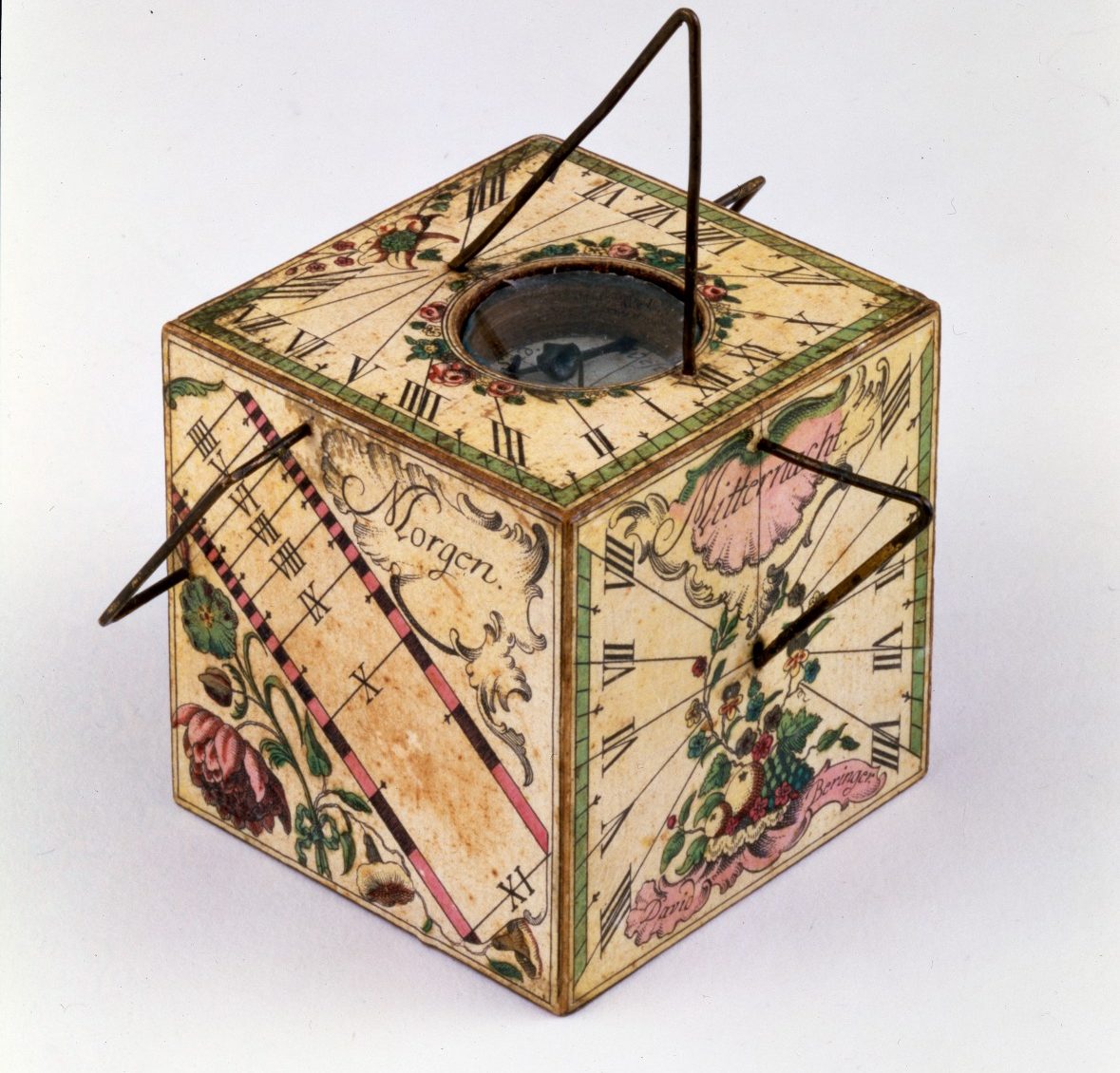
Circa 1775, Cube, oak, paper, German, 10.3 (cm) x 9.2 (cm) x 11.8 (cm). Not on display, closer details here.
Epic Planetariums
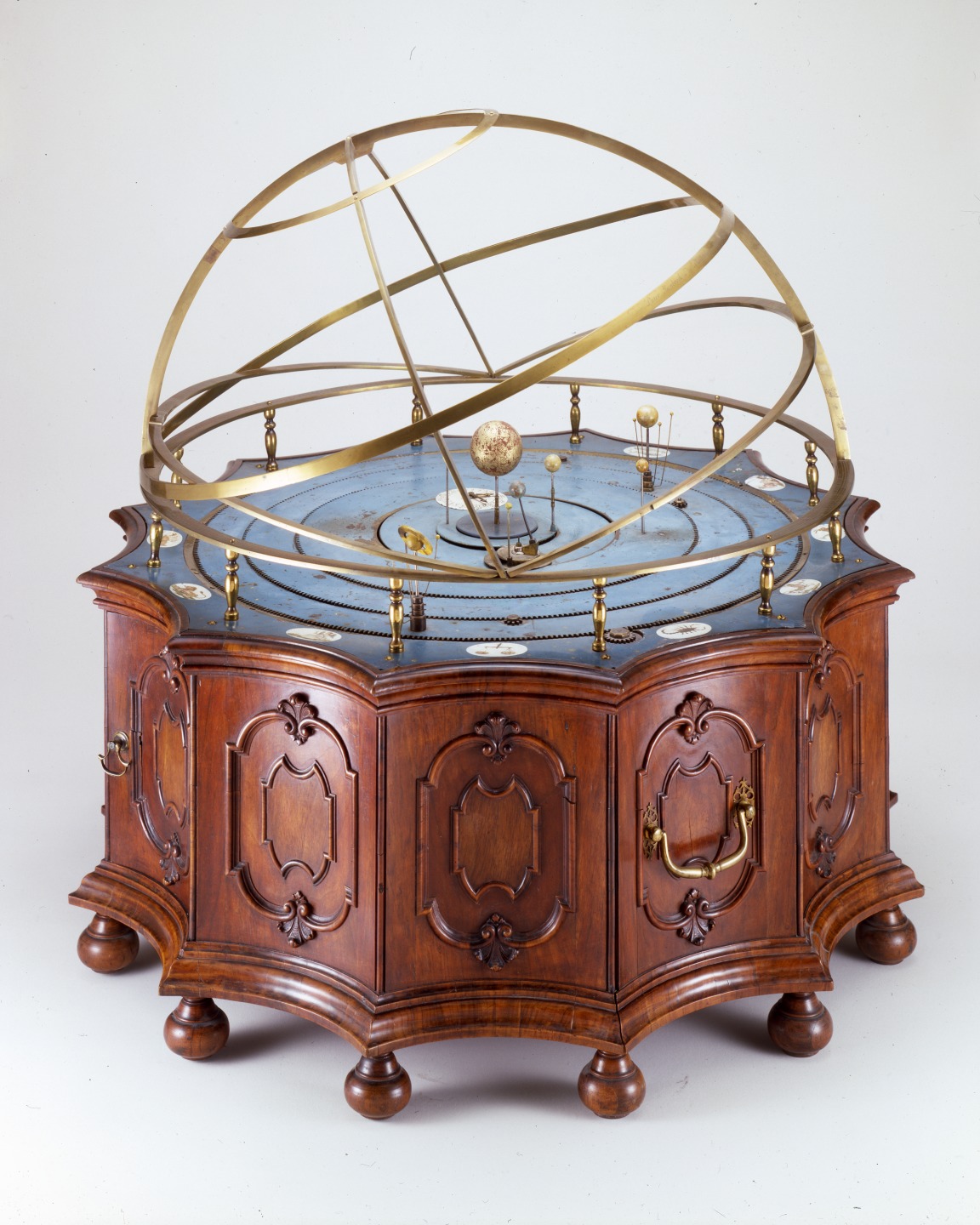
Circa 1737, wood, walnut veneer, brass, silvered brass, Netherlands, 77 (cm) x 79.5 (cm) x 79.5 (cm). Not on display. Closer details here.
Rare Telescopes
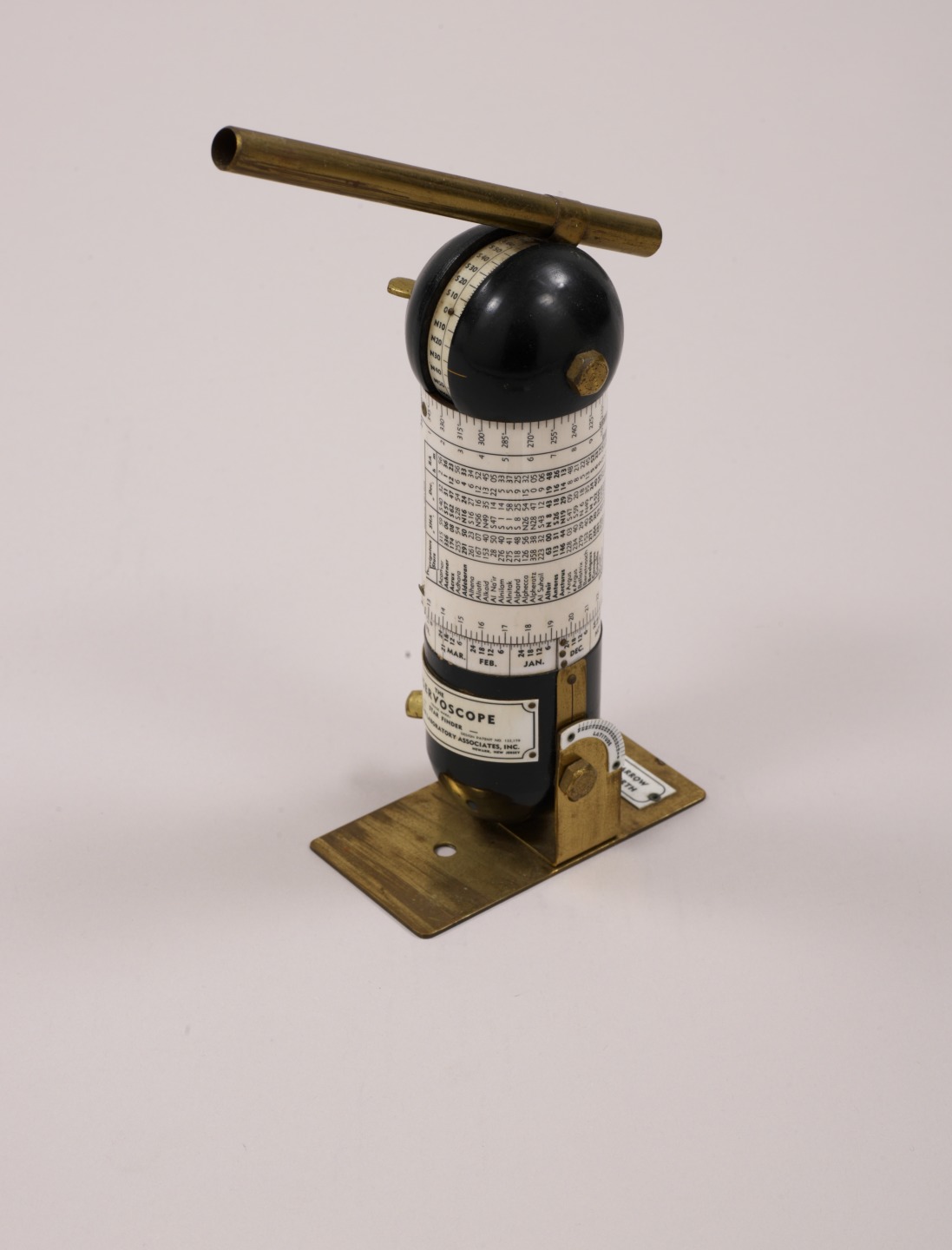
Circa 1940, Observascope: Star Finder, American (NJ), Sighting tube mounted on universally swivelLing equatorial mount. Barrel of mount has alphabetical list of stars with Sidereal Hour Angle. 19.5 (cm) x 5.7 (cm) x 11.3 (cm). Closer details here.
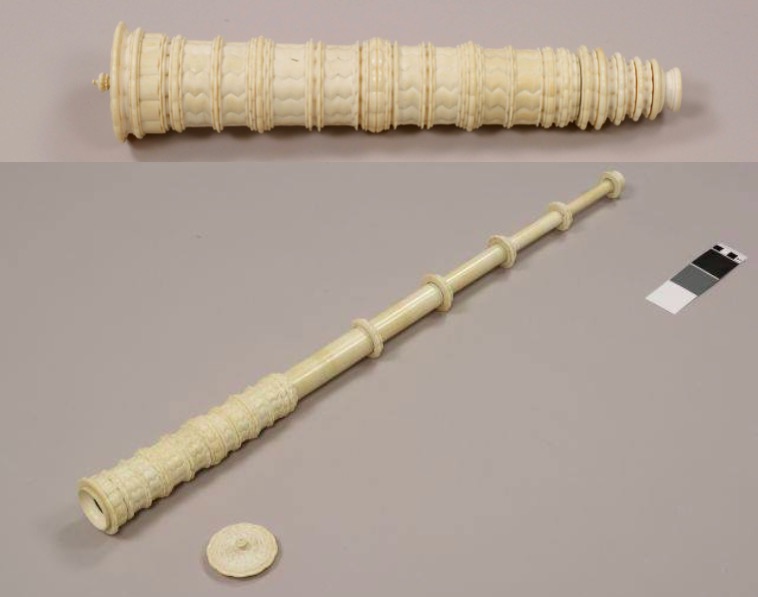
Telescope tube made of ivory, probably made around 1660, a time when turning ivory with a lathe was a much appreciated craft in Europe. It is the largest, and certainly the most elaborate example of an ivory telescope. Not on display.
Pocket Globes
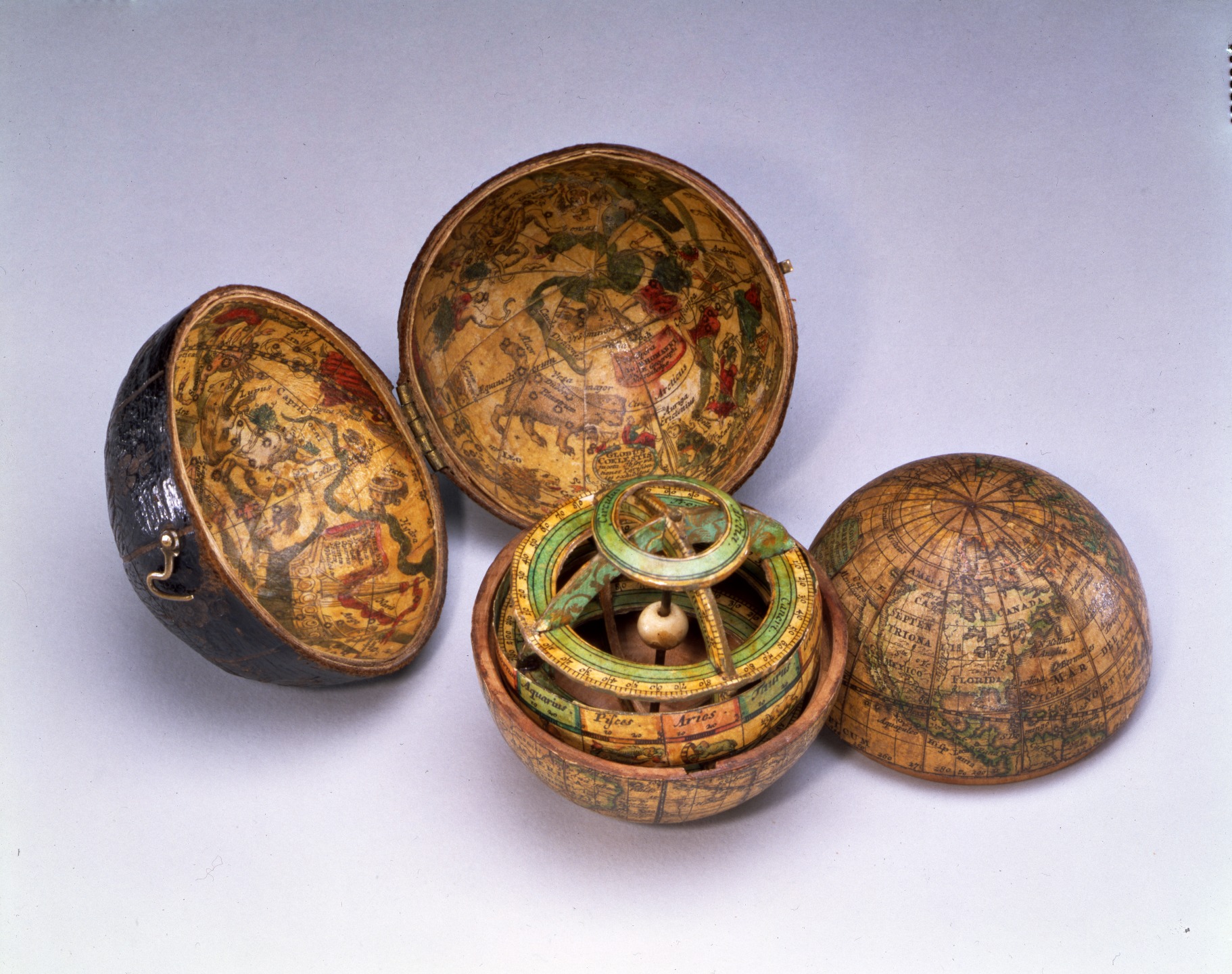
Circa 1684, wood, paper, steel, paint, leather, 6.7 (cm) x 6.7 (cm) x 6.7 (cm), German. Not on display. Details here.
They even have a right hand glove from Apollo 13 spacesuit
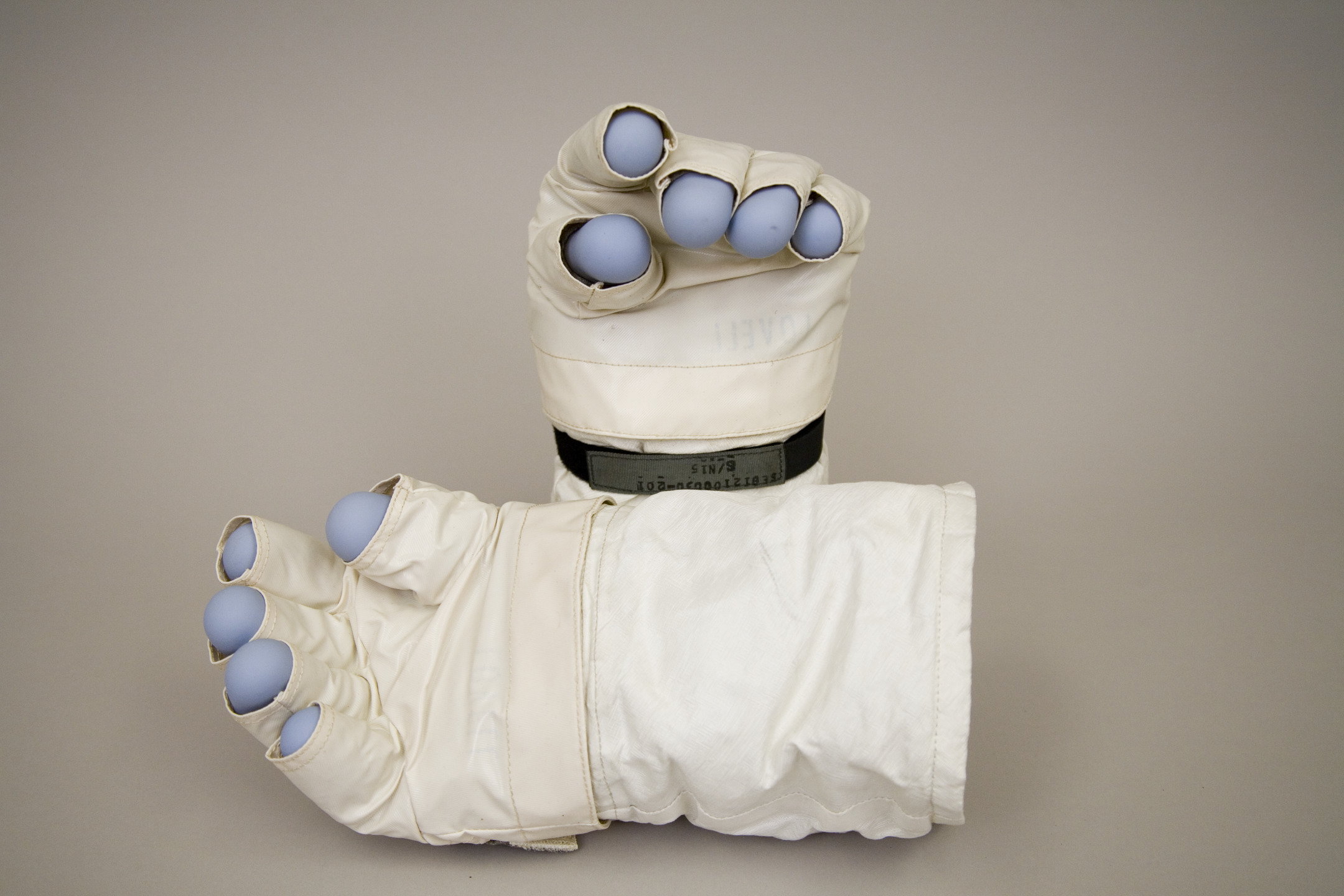
This one’s on display.
For everything else that isn’t, keep an eye on the Facebook page of the Webster Institute for the History of Astronomy for when they open up their vaults. The Adler Planetarium is open everyday from 9.30pm to 4pm.
